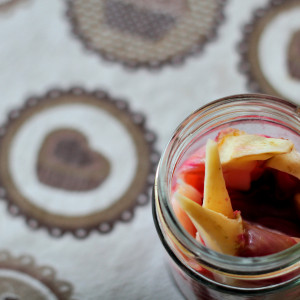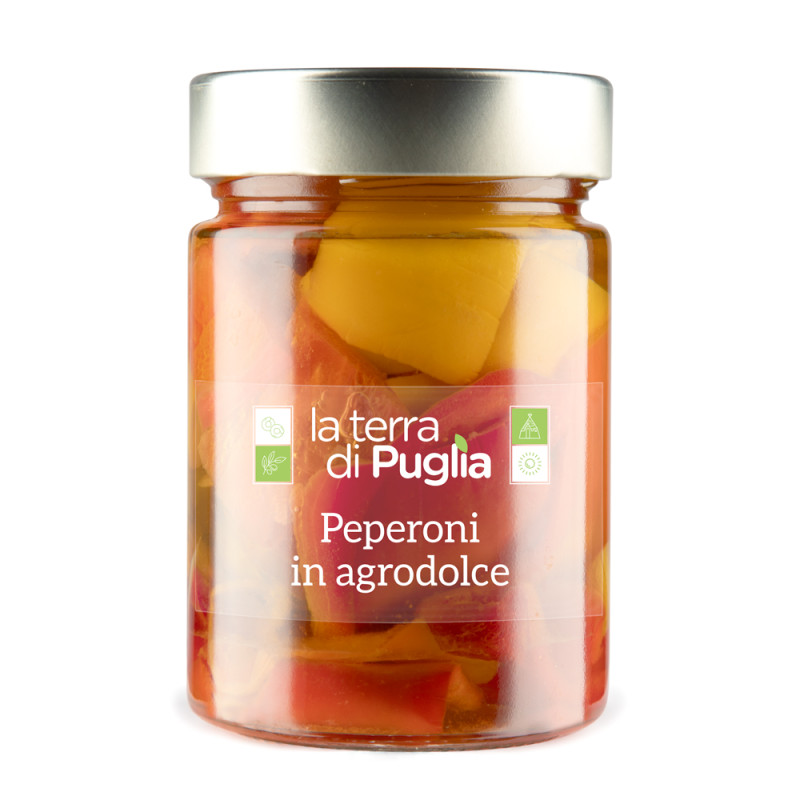Sweet and sour radicchio preserved in oil
There are dishes that manage to win us over with their simplicity, to the extent that - even when out of season – they manage to get our mouths watering at the very thought of them, seducing us with their simple but rich flavour, and, on occasion, their fragrance. Today we have some lovely radicchio for you, a vegetable product that is appreciated not only for its taste but also for its lightness, and which is popular amongst those who are obliged to adopt a diet for maintaining bowel regularity. With this recipe from our chef, who combines sweet and sour radicchio in an oil-based preparation, you will always have in your kitchen cupboard a lovely delicacy both in and out of season: are you ready to get to work to ensure you always have to hand this lovely preserved radicchio?
Ingredients
-
waterfall 1000 millilitres
-
sugar 100 grams
-
salt 30 grams
-
extra virgin olive oil 500 millilitres

Send the recipe
Preparation
Warm a mixture of water, vinegar, sugar and salt. Cut the radicchio into sixths and rinse under cold water very thoroughly. Cook the radicchio in the freshly made water and vinegar mixture for 5 minutes. Drain the radicchio and let it rest on some kitchen paper or tea towel for an hour. Put the radicchio in jars in a circular fashion so that it completely fill the jar. Slowly pour the oil into the jars until they are full, then release any air bubbles with a knife. Replace the lid on the jars and let them rest for at least 40 days somewhere dark and cool.
Step by step
|
View the step by step

|
Cut the radicchio into sixths and wash very thoroughly under cold running water
|
|
View the step by step

|
Warm a mixture of water, vinegar, sugar and salt
|
|
View the step by step

|
Cook the radicchio for 5 minutes in the warmed liquid just prepared
|
|
View the step by step

|
Drain the radicchio and leave to rest on a tea towel for an hour
|
|
View the step by step

|
Bottle the radicchio in a circular way so as to completely fill the jar.
|
|
View the step by step

|
Slowly fill the jar with oil, then remove any air with a knife. Put the lid on the jar and leave to rest for at least 40 days in a cool dark place.
|
|
View the step by step

|
The preserved radicchio is ready; now you can also eat it in the summer when this vegetable is no longer on the market.
|




